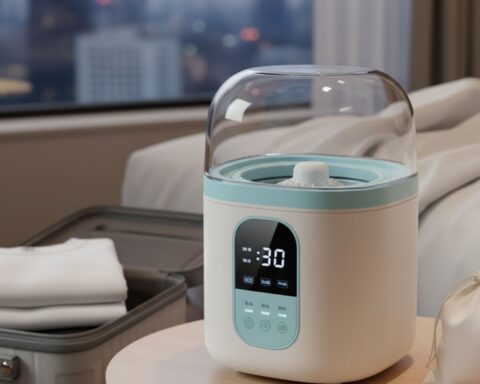Key Takeaways:
- Alcohol pricing in bars depends on cost of goods sold, competition, and demand.
- The traditional method of pricing drinks involves the calculation of pour costs.
- Cocktail pricing strategies apply the same principles but have additional layers due to extra ingredients.
- Pricing shots of liquor is relatively straightforward due to the absence of additional ingredients.
- Psychological aspects of pricing can significantly influence customer behavior and profitability.
- Effective beverage inventory management can be a game-changer for improving bar profits.
Unraveling the Mystery of Pour Costs
In the hospitality industry, determining a drink’s price fundamentally hinges on the concept of pour cost or liquor cost. It represents the portion of the drink’s price that goes towards creating the drink itself. In an ideal scenario, a beverage with a pour cost of 20% will provide a profit margin of 80%.
The magic numbers in the industry oscillate between 18% to 24%, with most establishments targeting a pour cost of 20%. In essence, they’re aiming for a robust 80% gross profit on their beverages.
Crafting Cocktail Prices
Pricing cocktails adopts the same principle, but the added ingredients complicate the calculation slightly. Using the example of a $12 margarita that costs $3 to make—thus yielding a 25% pour cost—you can lower this by adjusting the drink price:
Drink Price ($) = Ingredient Cost ($) / Target Pour Cost (%) Drink Price ($) = 3 / .20 Drink Price = $15
A $15 price tag on your margarita results in a pour cost of 20%, aligning with the industry standard.
Determining Patron Shot Price
When it comes to pricing shots, the task becomes considerably simpler due to the absence of additional ingredients. However, factors such as serving doubles or on-the-rocks drinks can change the serving size and consequently affect the liquor cost and profit margin. Efficient Point of Sale (POS) systems and vigilant staff can help manage these potential discrepancies, thereby ensuring that your patron shot price maintains your desired profit margin.
Understanding Market Influencers
Several factors influence liquor pricing, with competition being a critical component. For instance, if a neighboring establishment sells a similar margarita for $10, it may necessitate revisiting your pricing strategy to stay competitive. However, highlighting what makes your drink unique—like the use of small-batch tequila—can add value and justify a higher price.
Simultaneously, the demand for your drink can also dictate its price. If your $15 margarita is selling rapidly, it might be underpriced, and a slight price increase could yield more profits without significantly reducing demand. Conversely, reducing the price of a slow-selling drink could increase sales volume, potentially making up for the higher pour cost.
The Role of Psychology
Psychological pricing, a strategy borrowed from the retail industry, plays a vital role in shaping customer behavior. Tweaking the prices to end in ‘.99’ or ‘.95’, for instance, can give customers the impression that they are spending less, thereby encouraging more purchases.
Harnessing Menu Engineering
Menu engineering is a blend of art and science, designed to guide customers’ choices and optimize profits. This involves emphasizing your most profitable drinks, placing them strategically on the menu, and balancing them with other beverages to create a comprehensive and enticing offering.
Maximizing Bar Profits
Mastering the principles of alcohol pricing can shift the ratio of bar costs to bar profits favorably, significantly boosting profitability without changing the underlying costs. Be it a patron shot price, a cocktail, or a beer, aligning the drink prices with the reality of ingredient cost, competition, and demand is vital to maximize profitability.
The labyrinth of alcohol pricing may appear daunting, but with these strategies and concepts in hand, bars and restaurants can confidently chart a course towards profitability. Remember, the journey is not about finding a one-size-fits-all answer but about continually testing pricing strategies to identify what works best for your establishment.








